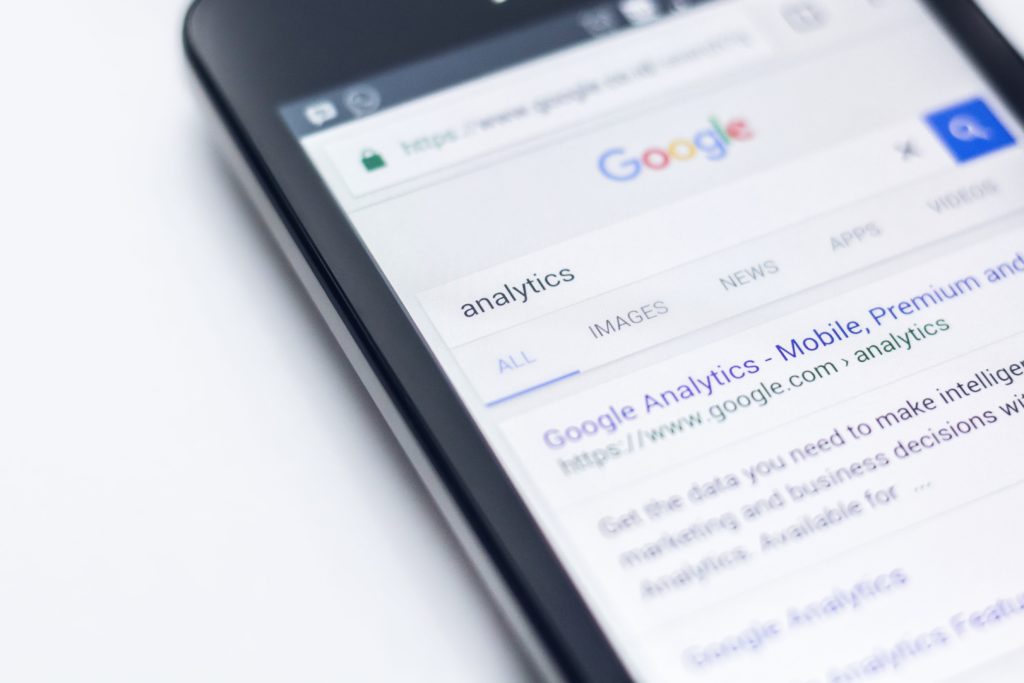One of the most important goals for every marketer is undoubtedly to create successful and functioning marketing campaigns. But how exactly can this be achieved? Marketing campaigns are becoming more and more complex. There are many variables and details to consider as well as great complexity to almost all the processes involved. In this article, we will introduce you to 10 approaches to improve your digital marketing campaign performance.
We would like to share with you a few ideas on what you should consider while planning your digital marketing campaigns. Of course, there are other factors that determine success or failure. However, the following points should provide an important first overview on how you can improve your digital marketing campaign performance.
Read through this before you start planning your next marketing campaign 🙂
1. Know your customers
A customer’s journey consists of numerous steps and functions. Screen every single point and know your customers’ touchpoints and how they interact with them. Specify your personas to know and understand target groups and ultimately your customers. Which of them uses which channels when and how? All these activities will help you to improve the performance of your digital marketing campaigns.

2. Make full use of Google Analytics
Probably every marketing expert uses Google Analytics, but do you know the hidden and helpful functions? Check out the click tunnel process to see how users act on your landing pages and where they bounce away. Get reports with the most important KPIs or set up Google goals on analytics and track events, clicks and actions taken on your website to see how users interact with your landing page, videos or CTAs.
3. Heatmaps and A/B tests
Numbers are very important and give excellent conclusions about your campaigns. But sometimes it is helpful to see exactly where your users tend to click most frequently. With heatmaps, like the Hotjar tool, you can easily see where users stay and click most often.
With A/B tests, you can test different landing pages or even entire campaigns against each other. You can even see which campaign or advertising material works best in live operation, and you can control and optimize it directly.
4. Set your KPIs precisely and track them
In the end, even the best marketing tools, preparations and analyses are of little use if you have not defined exactly what you want to achieve with a certain campaign. The so-called KPIs (key performance indicators) define precise target definitions, for example: “Increase number of leads per channel X in period Y” or “Increase visibility by X% within Y months”. The exact definition of KPIs should ideally be created by the whole marketing team. Likewise, there are often KPIs that are set by management or other business units from the top down. It is important to coordinate and jointly align these goals. Also check out our article on how to define the “one metric that matters”.

5. Analysis of the past (learning from mistakes)
“Learning is like rowing against the current. If you stop it, you drift back.”
What the Chinese philosopher Laozi knew 2,600 years ago is still valid today.
We all make mistakes, wrong forecasts or sometimes incorrect analyses. A planned strategy does not work, KPIs are not reached or marketing budgets are wasted without any notable success. That’s human. All of that has already happened and will always happen. The most important aspect is to analyze all those failures carefully and find out what caused them. Sometimes there are chains of events or certain casualties. Only through precise analysis of past campaigns is it possible to learn from missed concepts or incorrect planning. This will help make future campaigns better and more successful.

6. Conversions instead of leads
Of course, leads are extremely important, and not just in marketing. But what do a thousand leads bring in the end if ultimately not even a single one of them converted? Not much. That is why it is important to plan your marketing campaigns in such a way that users buy your product, service, etc., or use it. Align your campaigns in such a way that the entire user journey or customer journey is kept in mind right through to the conversion or purchase of your subscription or service. This can be hard, specifically if you have long conversion cycles—or example, in B2B—but the value of it is precious. Focus on conversion goals: your end goals when optimizing your ad content, images, CTAs and landing pages.

7. Google Ads
The classic marketing tool! Even though there are some new players like DuckDuckGo, Bing and others, Google is more established as the unrestricted search engine no. 1, and therefore Google Ads is the right tool to optimize all paid content for Google search results.
Google Ads is suitable for both professionals and beginners. For newcomers, there is the option to have Google Ads settings taken over quickly and easily using Smart campaigns. You only have to define your budget and keywords. All other parameters are set automatically and work amazingly well because of the enormous “experience” and learning Google has from similar or comparable campaigns.
SEA experts can set every parameter of this complex application by hand. This allows precise control over timing, keywords, reach and all other components, especially when dealing with higher marketing budgets.
7.1. Quality Score
While working with paid campaigns and launching campaigns on Google Ads, it is important to focus on the Google Ads Quality Score. Improving it can help you save your marketing budget in the long run. What does a good Quality Score bring? First of all, with a great quality score you can pay less for every single click a user makes. A few aspects play a role in improving your Quality Score:
1. The performance of your past ads
If your previous ads did not perform well and were not well-executed, this can affect your Quality Score in the future. Therefore, it is important to think through all your ad campaigns since the overall picture plays a role.
2. The relevancy of your chosen keywords, ad campaign content and goal landing page
Make sure your chosen keywords, ad content and landing page are all connected and highly relevant. Use keywords that precisely match your landing page. Remember to be as descriptive as possible in your ad content. Read more in detail about how you can improve your Google Ads Quality Score here.
8. SEM/SEA
The big brother of SEO is Search Engine Marketing (SEM), also called Search Engine Advertising (SEA). In marketing, this term includes all advertising measures combined with search. Search results—for example, Google search results—are divided into two result groups. The ads are always at the top of the search results page. These results, known as search engine advertising results, are bookable places depending on the keywords that have been bidded. These results are mostly visible in your 1-4 top results. Then come search engine organic search results (SEO results), which are purely organic. Nowadays, you can even book contingents for paid results after some of the organic results on the first SERP.
As you can see, Google is focusing more and more on advertising revenue and is replacing pure organic search results with paid ones.
As for marketers, it is important to keep in mind smart budget planning and budget distribution. While optimizing your landing pages for relevant keywords for organic search results, also keep in mind paid campaign possibilities. Tackle those synonym keywords that might have the potential to bring more traffic to your landing page that already ranks for SEO as well.

9. User surveys/testings
Something that is still often underestimated in marketing or not considered at all is the opportunity to directly interact with and interview your target group. Many standards have now been established here, from user interviews to focus groups to remote video recordings or quick surveys, etc. Depending on the goal or what you want to find out, it is advisable to use a corresponding method. This discipline comes from the field of user experience, in which it is precisely a matter of finding out how customers or users interact with the product, website or service. What is missing? What is already good? What can be improved? Many questions need to be identified in iterative loops to optimize or even perfect your product for the relevant user group. Taking this approach to digital marketing and testing your conversion funnel, for example, can give you great insights into how to improve further.
10. Let AI help
We listed above 10 approaches to improve your digital marketing campaign performance by planning, implementing and taking into account these points before starting your marketing campaign. As you can see, it is all connected, and in order for your paid campaign to reach success, there are many other aspects to consider as well before creating your ad and clicking “start my campaign”.
Nevertheless, in the modern world where AI has already proven to provide help as well as demonstrated to be a way more efficient and oftentimes prosperous option for the field of marketing, the same can be applied when it comes to marketing campaign performance. Campaign performance optimization is one of the fields AI can challenge. Check out our recent success stories to learn how AI can help business achieve higher performance while saving costs.
Read more and download our free ebook to learn the fundamentals of data-drivenness with 17 marketing KPIs!